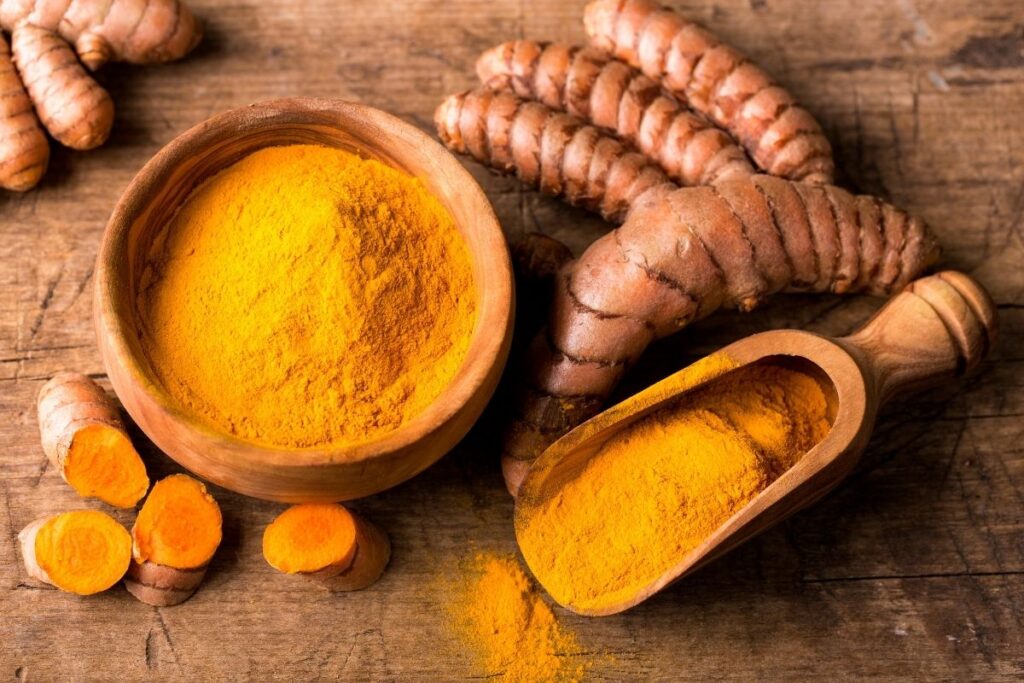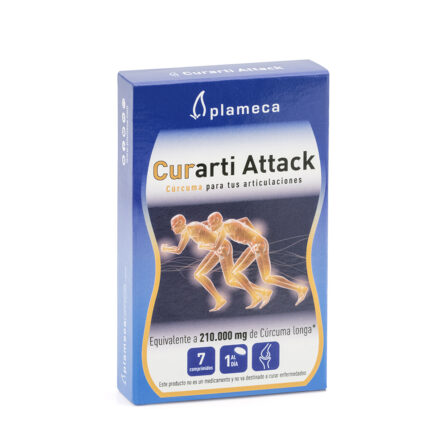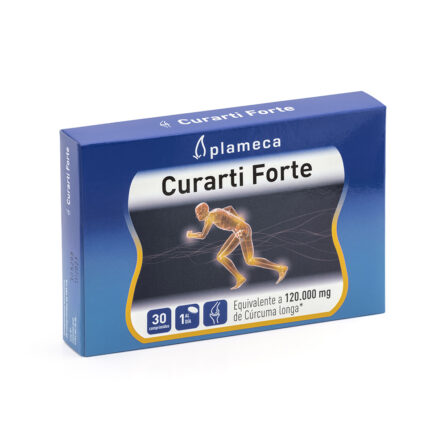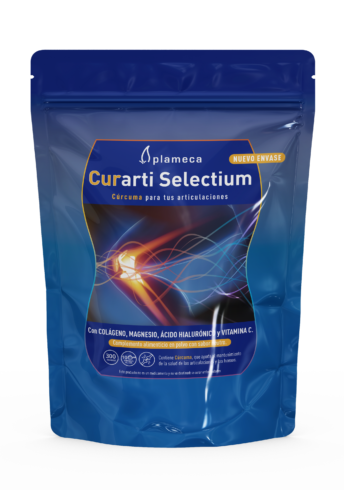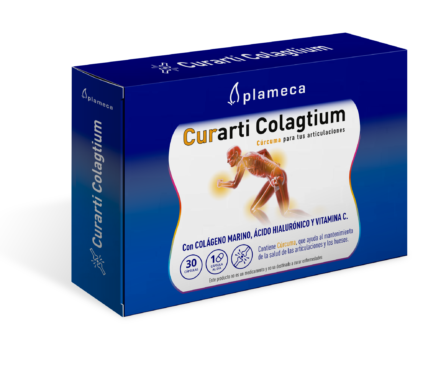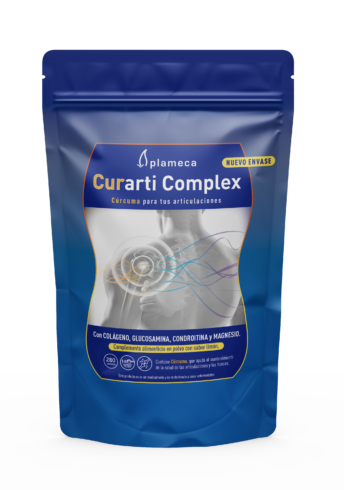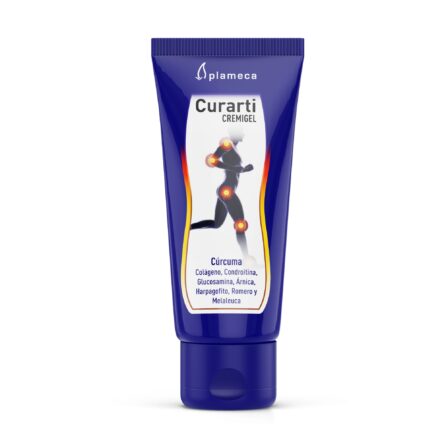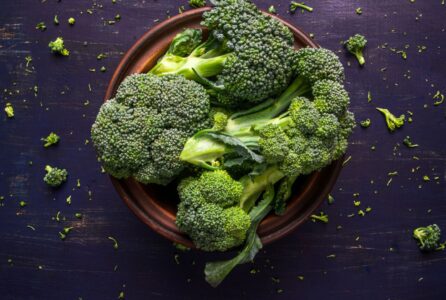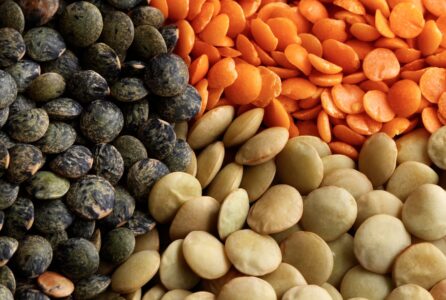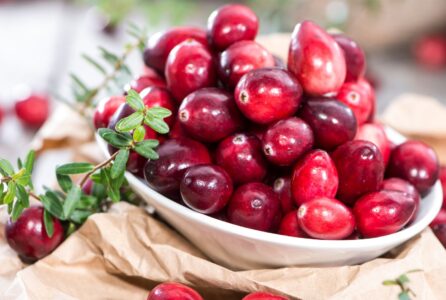The turmeric is the tuber of the Curcuma longaa plant of the family of the Zingiberaceaei.e. of the same genre as the ginger. As a spice, the use of turmeric is millenary in Eastern countries -especially in India and Southeast Asia, where it originated- and still enjoys great popularity today (the average consumption of turmeric in India, for example, is 2 grams per person per day). This spice can be taken in meals with an oil base, in stews or in a yogurt, where it dissolves easily and its fat content helps to activate the curcumin (active ingredient). The flavor of the turmeric is warm, discreetly bitter and somewhat aromatic, with hints of orange and ginger.

Turmeric, "the poor man's saffron".
An anecdote involving the turmeric is that, in Asian countries, it is known as "the poor man's saffron", due to its color (brown on the outside and intense orange in its pulp) reminiscent of saffron, although its price is much more affordable. In fact, when Marco Polo found the turmeric on his trip to Cathay (China) in 1280, he thought it was saffron, since the color was identical. But that was the end of the similarities. The turmeric worth its weight in gold, but for the medicinal propertiesas is well known in Traditional Chinese Medicine and Ayurvedic Medicine, typical of India.
Applications and medicinal properties of turmeric
There are many scientific researches that have studied this plant. However, in this article we are going to focus on just some of the medicinal properties of the turmeric.
- Liver. If we add turmeric to dishes and stews, the first beneficial effect will be on the liver, as it helps to keep the liver healthy.
- Cholesterol and cardiovascular system. The consumption of the tuber contributes to the maintenance of heart function and circulation.
- Nervous system. Helps the functions of the nervous system.
- Respiratory system. A natural remedy of ayurvedic medicine is to boil the turmeric in milk and take it as a cold treatment.
- Antioxidant. Its yellow pigment has a protective action on the degradation of the organism caused by free radicals.
- Skin care. Contributes to maintaining healthy skin.
Other applications of the turmeric rituals and their usefulness as a means to promote the natural dye. In Indochinese areas, the skin is often dyed with it. in wedding rituals. This plant is also used both to dye hair and to color fabrics.

All that glitters is not gold
Perhaps the biggest problem with this species is its low bioavailability. Only 2-5% of the tuber consumed in powdered form corresponds to the curcuminThe pigment and active ingredient of the plant. In fact, there are many nutritional supplements that combine the curcumin with other components to achieve bioavailability of this active ingredient in a natural way. At Plameca we market eight food supplements with curcumin: Curarti Selectium, Curarti Complex, Curarti Kalcium, Curarti Forte, Curarti Colagtium, Curarti Attack, Curarti Forte y Curarti Cremigel.
Source:
BERDONCES, Josep Lluis (2015). Turmeric, from spice to medicinein Integral NO. 426
